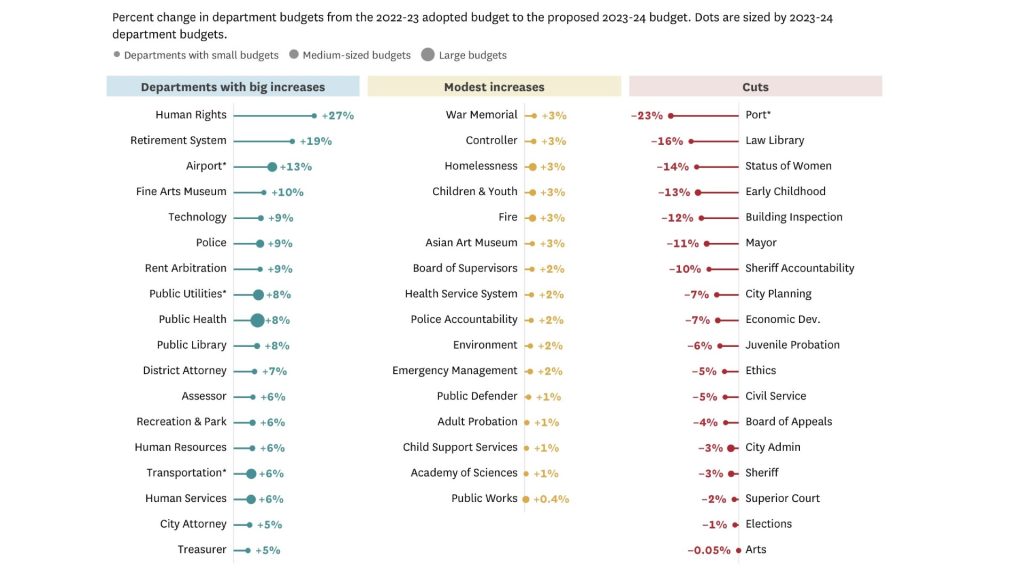San Francisco, CA – Feb. 22, 2024 – The San Francisco Deputy Sheriffs’ Association (SFDSA) is deeply troubled by the recent revelations of misconduct within the San Francisco Public Defender’s Office in the case of Jordana Cahen, a survivor of domestic violence. An investigative report by ABC7 News I-Team’s Dan Noyes uncovered disturbing actions by Deputy Public Defender Ilona Yanez, which included victim-blaming and unethical behavior.
The SFDSA condemns the actions of the Public Defender’s Office and Deputy Public Defender Ilona Yanez in their handling of this case. Survivors of domestic violence deserve to be treated with dignity, respect, and compassion, and to have their voices heard in the pursuit of justice. The conduct of the Public Defender’s Office in this case falls far short of these standards and is unacceptable.
Public Defender Mano Raju‘s apparent indifference to the misconduct within his office is also deeply concerning. As a leader in the legal profession, Raju has a responsibility to uphold the highest standards of ethics and professionalism. His failure to address the serious ethical violations and boundary violations committed by his office is unacceptable.
The SFDSA calls for accountability and reform within the San Francisco Public Defender’s Office to ensure that survivors of domestic violence receive the support and advocacy they deserve. It is essential that all individuals involved in the legal profession are held to the highest standards of ethics and professionalism.
The SFDSA stands in solidarity with Jordana Cahen and all survivors of domestic violence. We will continue to advocate for justice and support for survivors in our community.
Contact:
Ken Lomba
President
San Francisco Deputy Sheriffs’ Association
415-696-2428







 In recent times, the role of peace officers within the Medical Examiner’s Office has come under scrutiny. The issue at hand revolves around the authorization for these peace officers to carry firearms on duty. Our union, recognizing the potential risks and the impact on public safety, initiated a letter correspondence with the Medical Examiner’s Office. This article delves into the critical importance of arming these peace officers and highlights our recent response to address the matter.
In recent times, the role of peace officers within the Medical Examiner’s Office has come under scrutiny. The issue at hand revolves around the authorization for these peace officers to carry firearms on duty. Our union, recognizing the potential risks and the impact on public safety, initiated a letter correspondence with the Medical Examiner’s Office. This article delves into the critical importance of arming these peace officers and highlights our recent response to address the matter. designation within their agency and did not even acknowledge that they have California Peace Officer Standard of Training Certification, emphasizing their civilian-led approach. While we appreciate their perspective, it is crucial to recognize that peace officers play a pivotal role in enforcing laws, protecting the public, and responding to emergencies.
designation within their agency and did not even acknowledge that they have California Peace Officer Standard of Training Certification, emphasizing their civilian-led approach. While we appreciate their perspective, it is crucial to recognize that peace officers play a pivotal role in enforcing laws, protecting the public, and responding to emergencies.